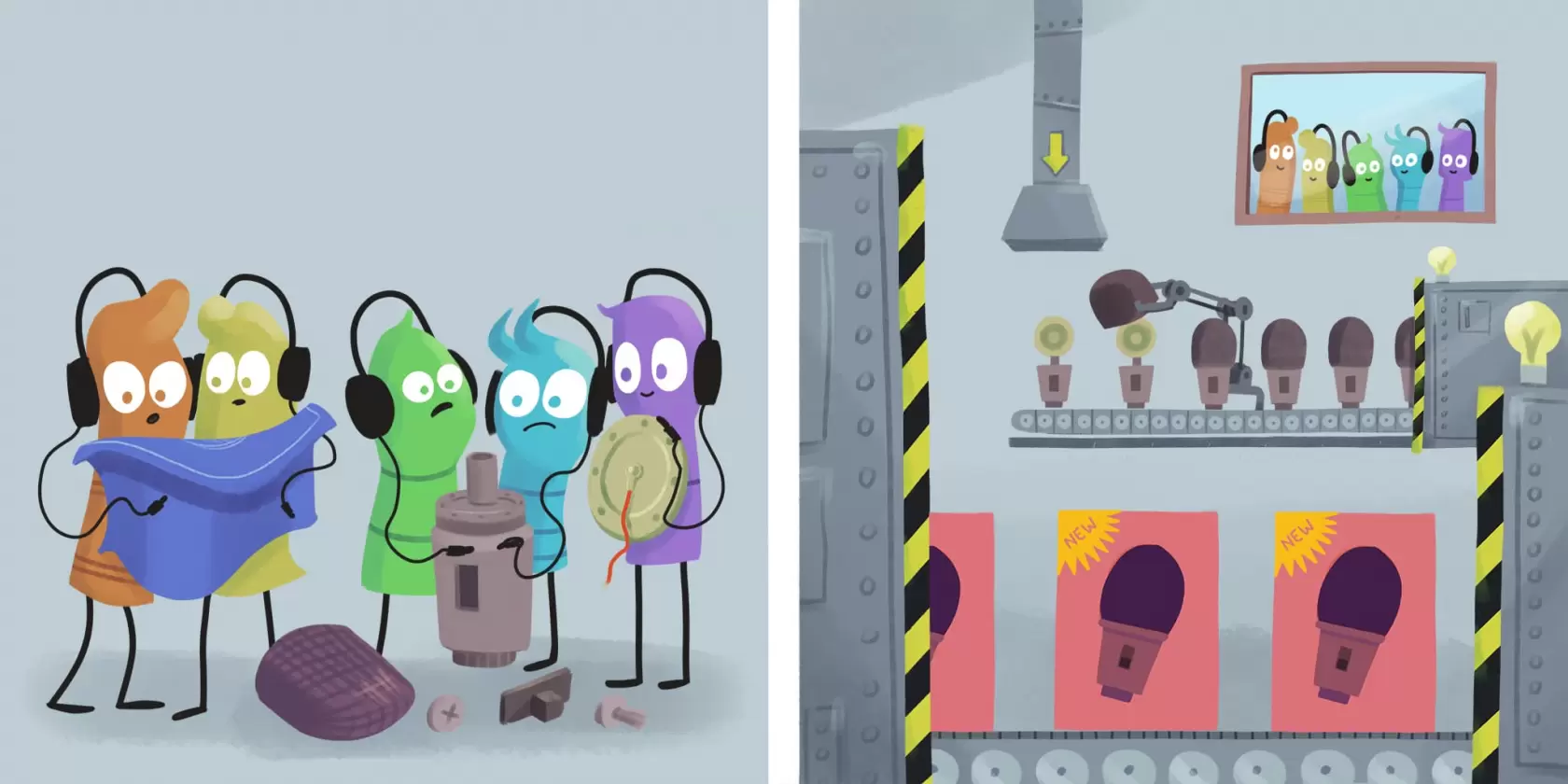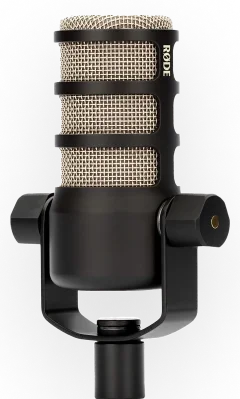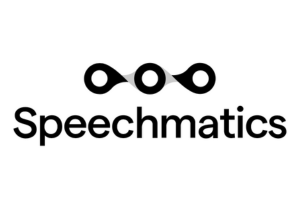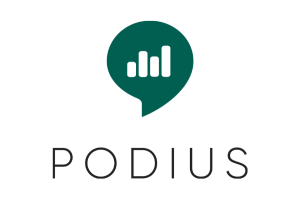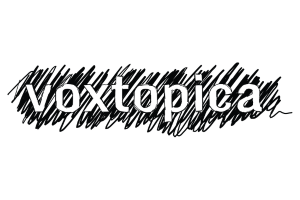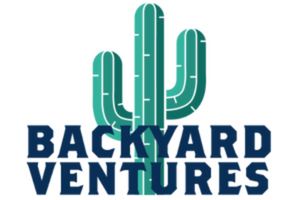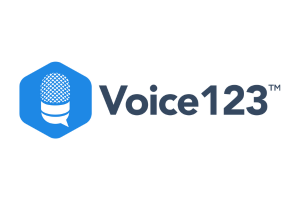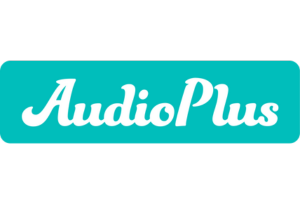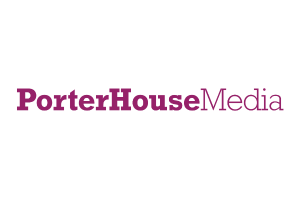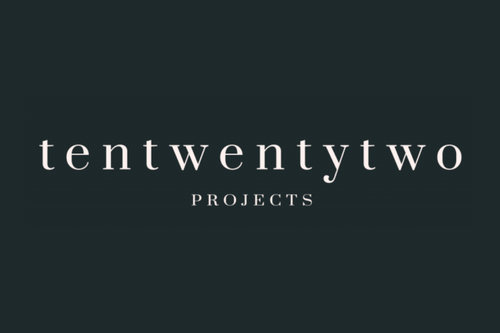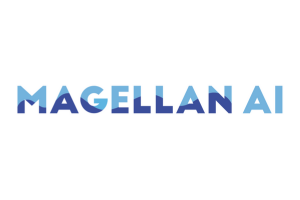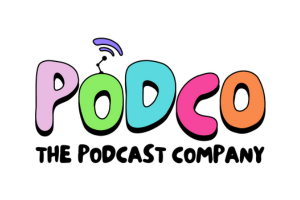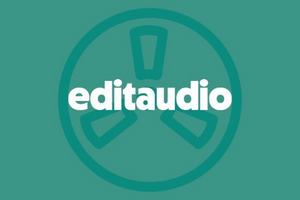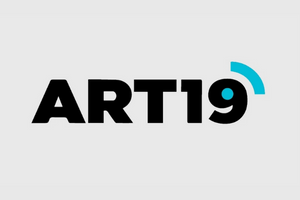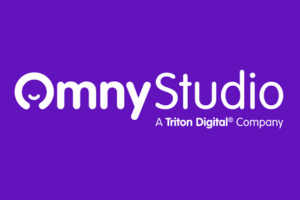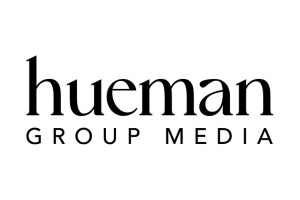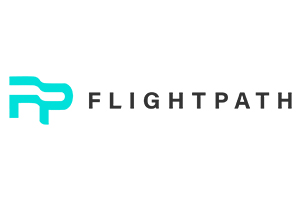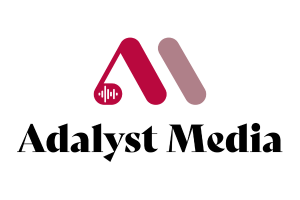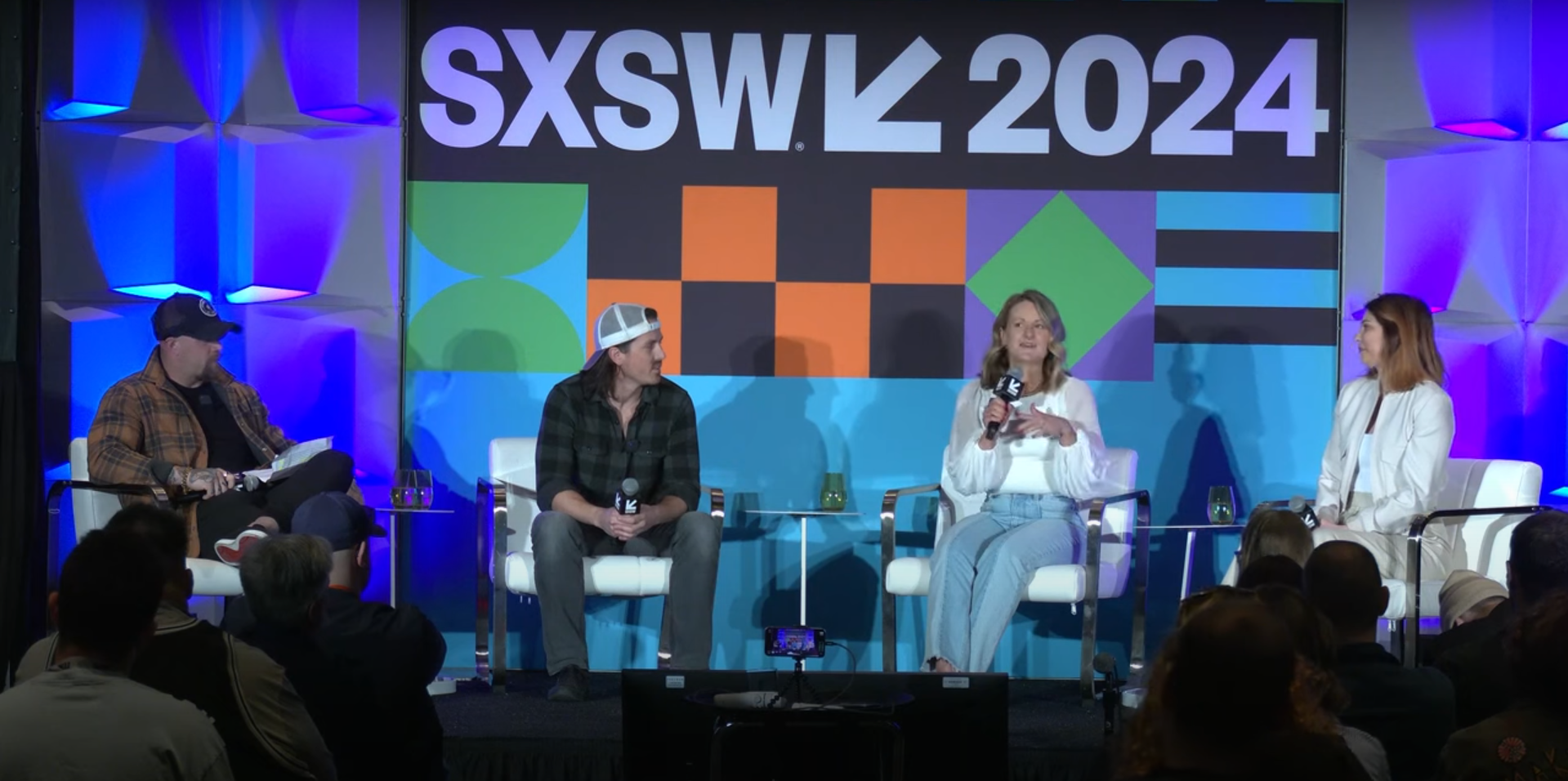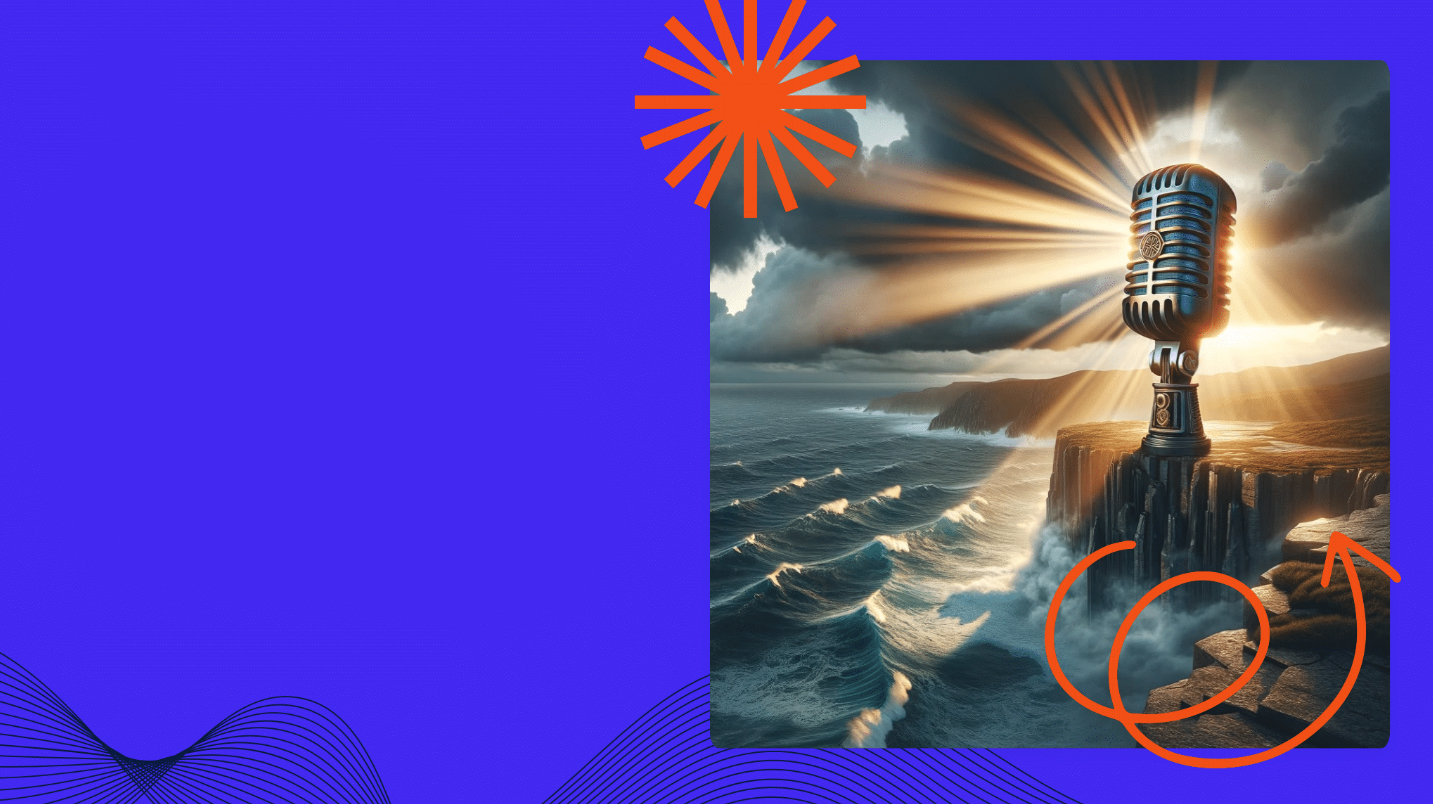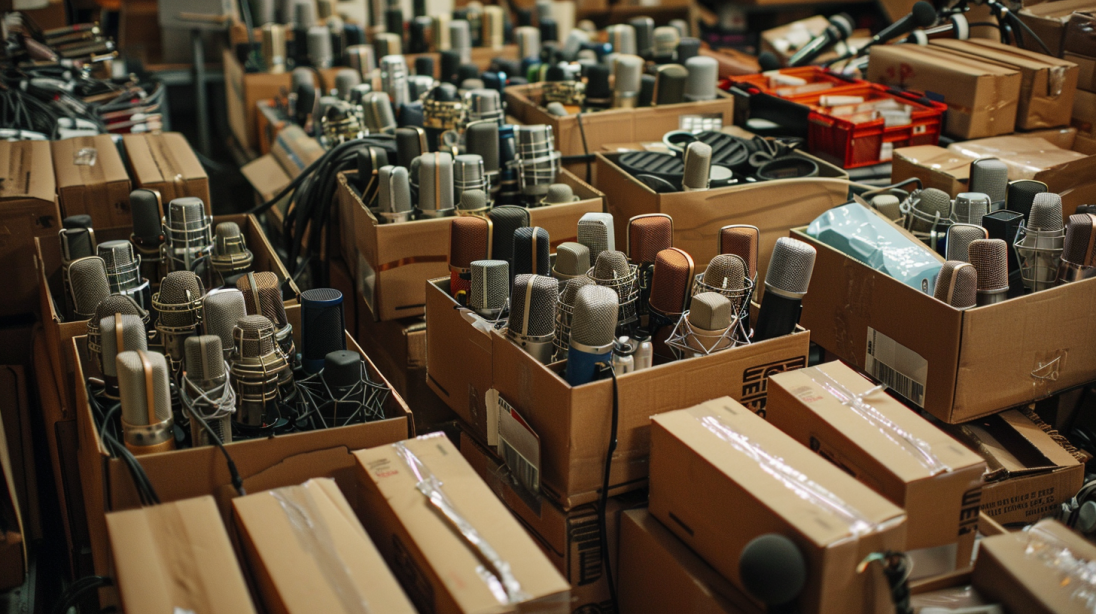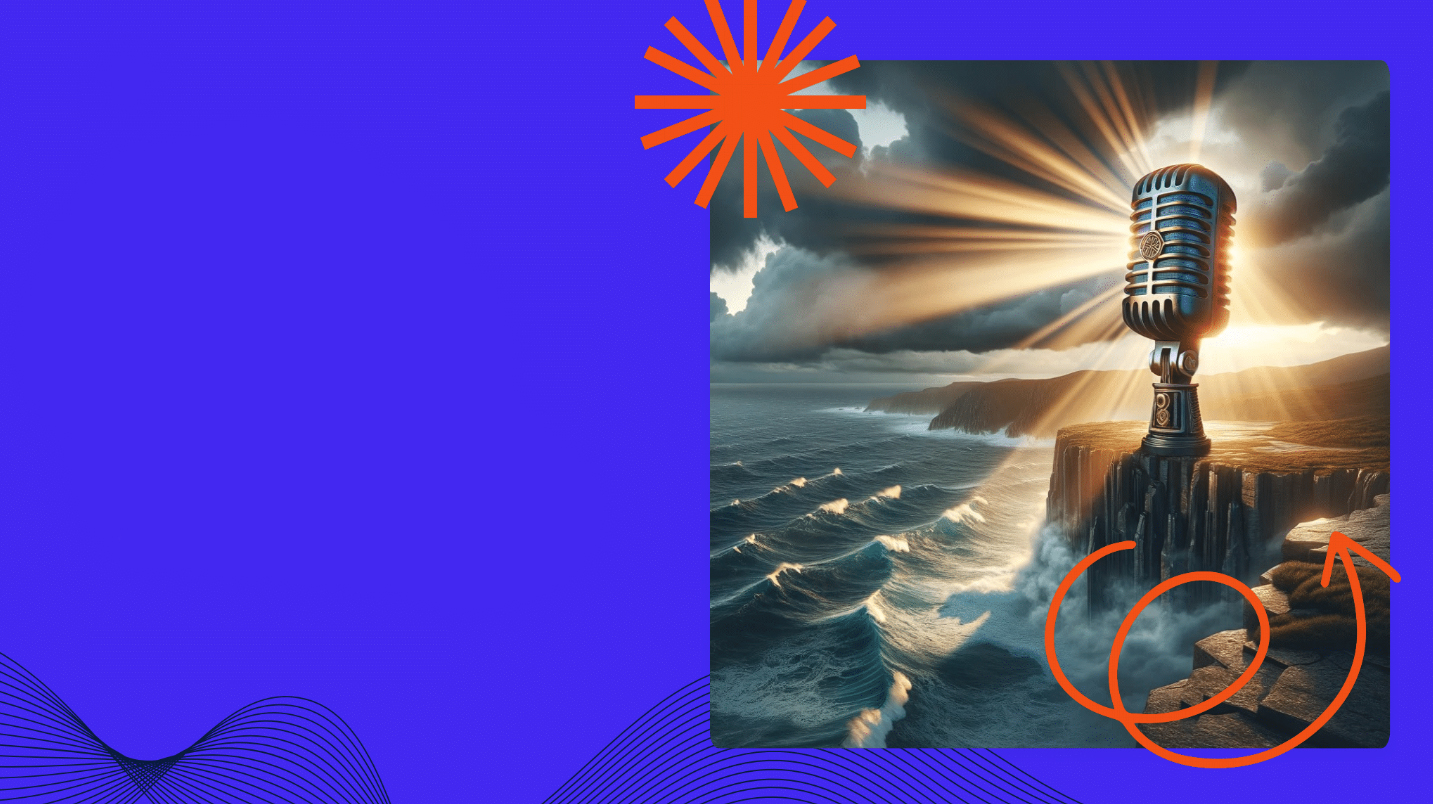Did you miss The Creators presentation last week? Todd Cochrane from Blubrry called the first-of-its-kind information “eye-watering” and “amazing”. See what has him and others so impressed at SoundsProfitable.com/thecreators2022.
Bryan writes…
Over the past few months, interest in programmatic advertising in podcasting has hit an all-time high.
Those conversations, unfortunately, aren’t driven by truckloads of cash waiting to unload into our industry. But it does mean that our industry has matured to the point where every side of the business truly needs to understand programmatic advertising and decide where it does or does not fit into their individual offering.
In my research to better cover this topic, I realized just how much we’re all confused about programmatic, myself included. Ultimately, we use the term wrong. We don’t break it down enough, and we generalize, with a major focus on pointing out the unsavory bits, leaving out the fact that each of us can control if we even want to include those options.
So let’s kick off the Summer of Programmatic here at Sounds Profitable, digging deep into what we need to know to be successful in this space, whether opting into it or out of it.
Creating Efficient Operations
The core value of programmatic advertising is its ability to create efficiencies in processes. Efficiencies gained by all parties involved.
When a direct-buy campaign kicks off between a buyer and a publisher, there are a lot of steps that need to happen, from contract terms to payment agreements to the process of flighting campaigns, optimizing them, and reporting on the results. Rarely do those steps stay the same for all buyers or all publishers. Even the most active buyers find themselves stepping outside their default process for the largest publishers and vice versa. That’s just how it works when there are no clear industry rules to the manual process of ad buying.
Programmatic advertising aims to solve that through normalizing the process.
For programmatic-enabled buys, publishers configure their supply-side platform (SSP), which gives access to their inventory directly to designated buyers. Those buyers use their demand-side platform (DSP) to purchase that available inventory. SSPs and DSPs handle all of the necessary steps between publisher and buyer ensuring the buying and fulfillment of ad campaigns goes smoothly. Without human intervention! And while both the SSP and DSP take a cut from their respective client, that cut ultimately enables one individual on each side to manage many more relationships and campaigns, further driving revenue for their company with less personnel overhead.
When nearly all aspects of negotiation are handled without the need for people to talk to one another every step of the way, campaigns can go live in minutes instead of days or weeks. And that’s a core reason why programmatic, with its defined framework, has filled this gap in the greater advertising ecosystem. When all sides agree to the same protocol, things are much smoother.
Misconceptions About Programmatic Pricing
Let’s start with a bang: There is absolutely no reason why your programmatic inventory should be cheaper than any of your other ad inventory.
The most common point of confusion with programmatic advertising is price. That makes sense considering how many people confuse programmatic with open marketplace. In an open marketplace, publishers make as much or as little of their inventory available as they want. The publisher defines their IAB content categories, podcast categories, their price floor (minimum CPM), and what advertisers and categories they don’t want to work with. The buyer configures their campaign with all of their configured targeting across all eligible inventory, and we’re off to the races.
Traditionally in display and video advertising, open marketplaces are 20% or less of ad sales. Open marketplaces often provide minimal transparency to the buyer of what shows are in the pool of inventory they’re targeting, and they don’t always provide that information after the fact in reporting. Publishers rarely get to learn who the advertiser was. Worst of all, there’s really only one lever for a publisher to pull: lower the CPM to get more impressions filled. These solutions absolutely provide value at the bottom of a waterfall for major publishers, allowing them the ability to place higher-value campaigns above them. For mid-to-longtail publishers, open marketplaces are great ways for them to monetize. Think Facebook and YouTube.
The other 80% of programmatic advertising is comprised of programmatic guarantees and private marketplaces.
Programmatic guarantees fully mimic direct sales today. Instead of email and spreadsheets, manually sharing audio files and pixels through dropbox, and so many other intricate steps, programmatic provides the process. So when all programmatic is replacing here is the operational aspect, there’s no reason for the price to drop since it’s the exact same inventory as a direct deal.
And somewhere between the open marketplace and programmatic guarantee sits private marketplaces. This maintains the direct sales relationship between the publisher and buyer, while enabling the buyer to be more picky about which impressions they want to purchase, while also empowering the publishers to allow multiple buyers to compete for that impression. Publishers can control how much of their inventory is available in this model and who exactly gets access to it, while buyers get to determine just how valuable that individual impression is worth.
Programmatic opens up an additional avenue to sell. Outside of open marketplaces, it’s unfortunately not turn-it-on-and-get-paid. It’s just another way of transacting business.
Podcasting’s Differences
Podcast technology is incredibly consolidated. The same infrastructure that hosts and distributes your podcast is also your direct ad server and sometimes even your SSP.
Now, I’m not going to sit here and tell you that Google doesn’t offer basically the same opportunities between all its products for publishers in display and video advertising. But I am going to emphasize just how important it is for a publisher to be able to choose each of those components separately without fear that one piece might not be able to integrate with another.
That means not every podcast hosting platform works well for programmatic advertising today. And unfortunately, the podcasting tradition of each hosting platform approaching ad serving uniquely has carried over to VAST implementation (how most hosting platforms support programmatic). Today, only Adswizz and Triton Digital offer podcast SSP solutions, and each have worked hard to take into consideration not only the nuance of the hosting platforms that can support their VAST URL (Art19 and Megaphone) on top of their own adserving capabilities, but also to make sure each DSP they integrate is configured for success with the unique nature of podcast programmatic, which is a little less real-time than other advertising channels.
There are other SSPs out there that are expanding to support podcast inventory, and there are even more DSPs starting to gear up to buy into it. That tiny glimpse of the lack of adhering to standards for how programmatic works is a barrier we have to face as we look to greater advertising to bring their tools to our industry. Not every major DSP will be open to custom integrations for a budding industry like we have in podcasting.
Wrapping It Up
When I say programmatic advertising opens doors for podcasting, what I mean is that a buyer can go into their DSP that they use for all their other advertising channels and setup to run a podcast campaign right next to a display, video, and social campaign. Getting that data how and where buyers want it allows them to move podcasting from adhoc test campaigns to a full fledged core channel.
This doesn’t cut off direct buys with host reads or smarter integrated partnerships. But it does make everything that’s not at that level something more sustainable.
To get there, we’re going to need more from our hosting platforms. Publishers should be able to have all of their different ad types compete for the highest CPM or most granular targeting to win, if that’s what they truly want. Whether that’s direct sold, marketplace, or PG/PMP, the publisher needs full control of those levers.
Today, the consistent influx of money from these major marketplaces or exclusive platform representation make it difficult to pushback when the technology doesn’t work as expected. But, as more money enters programmatic and those marketplaces can’t continue to keep fill and CPMs high, we’ll see hosting platforms adapt or publishers migrate to solutions that provide them better control.
New Sponsors
Sounds Profitable exists thanks to the continued support of our amazing sponsors. Each sponsor receives one hour of consulting per month as a way to say thanks.
- Amaze Media Labs Creates Turnkey, Custom Podcasts for Corporations and Brands
- The Ramsey Network offers up straight talk on life and money from Dave Ramsey, Ken Coleman, Rachel Cruze, Dr. John Delony, and George Kamel. You’ll learn how to improve in all areas from building wealth, personal finance, relationships, budgeting, mental health, and more.
Market Insights with Magellan AI
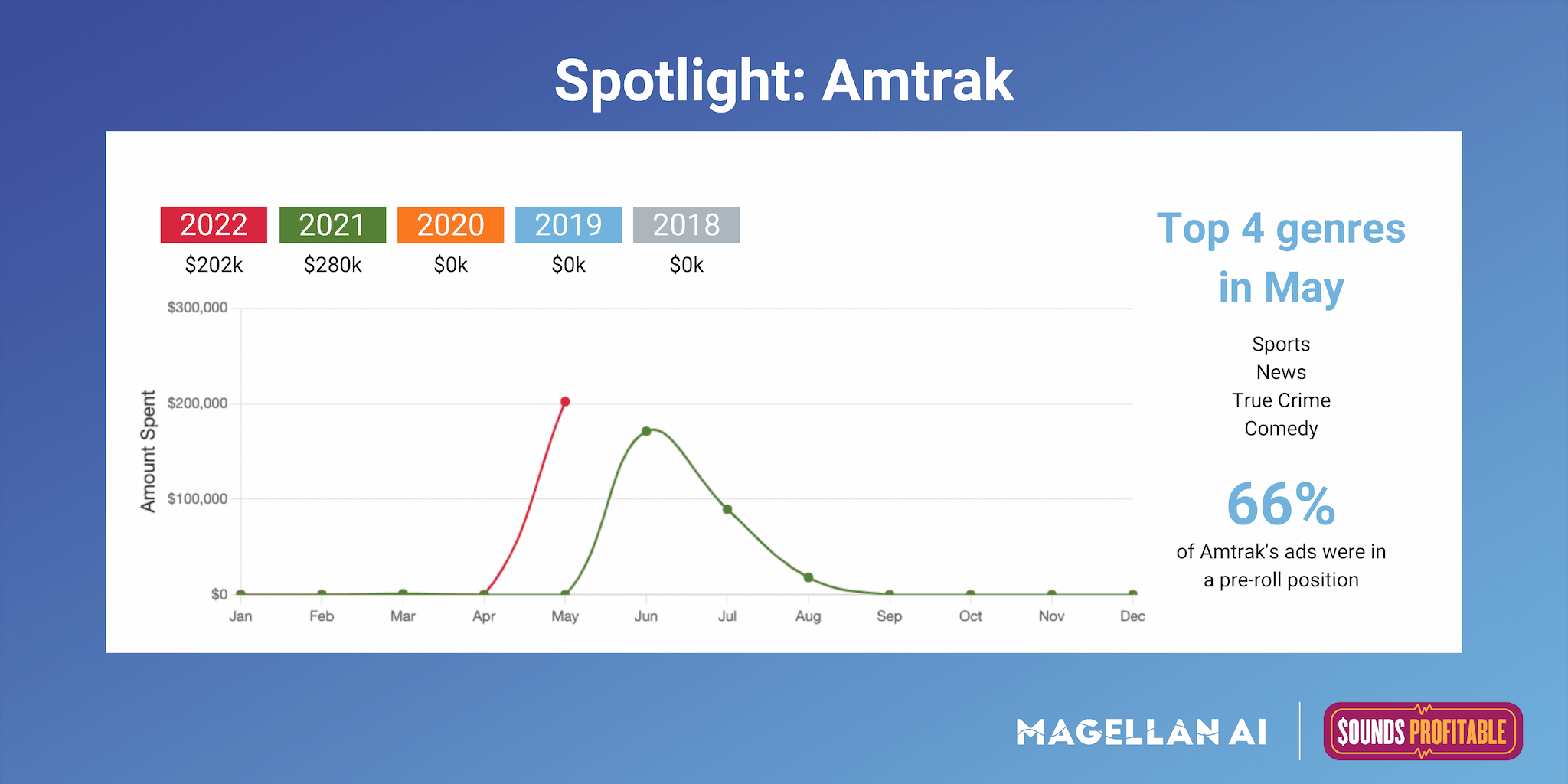
This week we are spotlighting Amtrak, which advertised on podcasts for the first time this year in May 2022. Amtrak first started advertising on podcasts in November 2019, but didn’t start spending more consistently til 2021. Since then it has run over 600 ads on close to 200 podcasts. Amtrak primarily runs 60s produced pre-roll ads, with over two-thirds running on Sports podcasts.
Starting in June 2021, Amtrak ran a three-month campaign promoting its service for summer travel. Over the course of the campaign they spent $280k, which was more than they spent in any other year. In May 2022 it appears Amtrak has kicked off a similar campaign, only starting it a month earlier. We wanted to highlight Amtrak this week because it is a great example of a seasonal advertiser with predicable habits that we will continue to track over the next couple of months.
Interested in more insights like this? Download the Q1’22 Podcast Advertising Benchmark Report for a full analysis.
Anatomy of an Ad with ThoughtLeaders

Sponsoring brand: Ghostbed
Where we caught the ad: Let’s Make Out
Who else has sponsored this podcast? Apostrophe, HelloFresh, Noom, Best Fiends
Where else has this brand appeared? Drinkin’ Bros, I Hate It But I Love It, Talk From Superheroes
Why it works: Although the podcasters mentioned that they are still waiting to receive their Ghostbed products (so obviously haven’t gotten a chance to actually give the mattress a try), they covered all the important information and managed to persuade me to give Ghostbed a try!
Check out all the in-depth Anatomy of an Ad from ThoughtLeaders!

